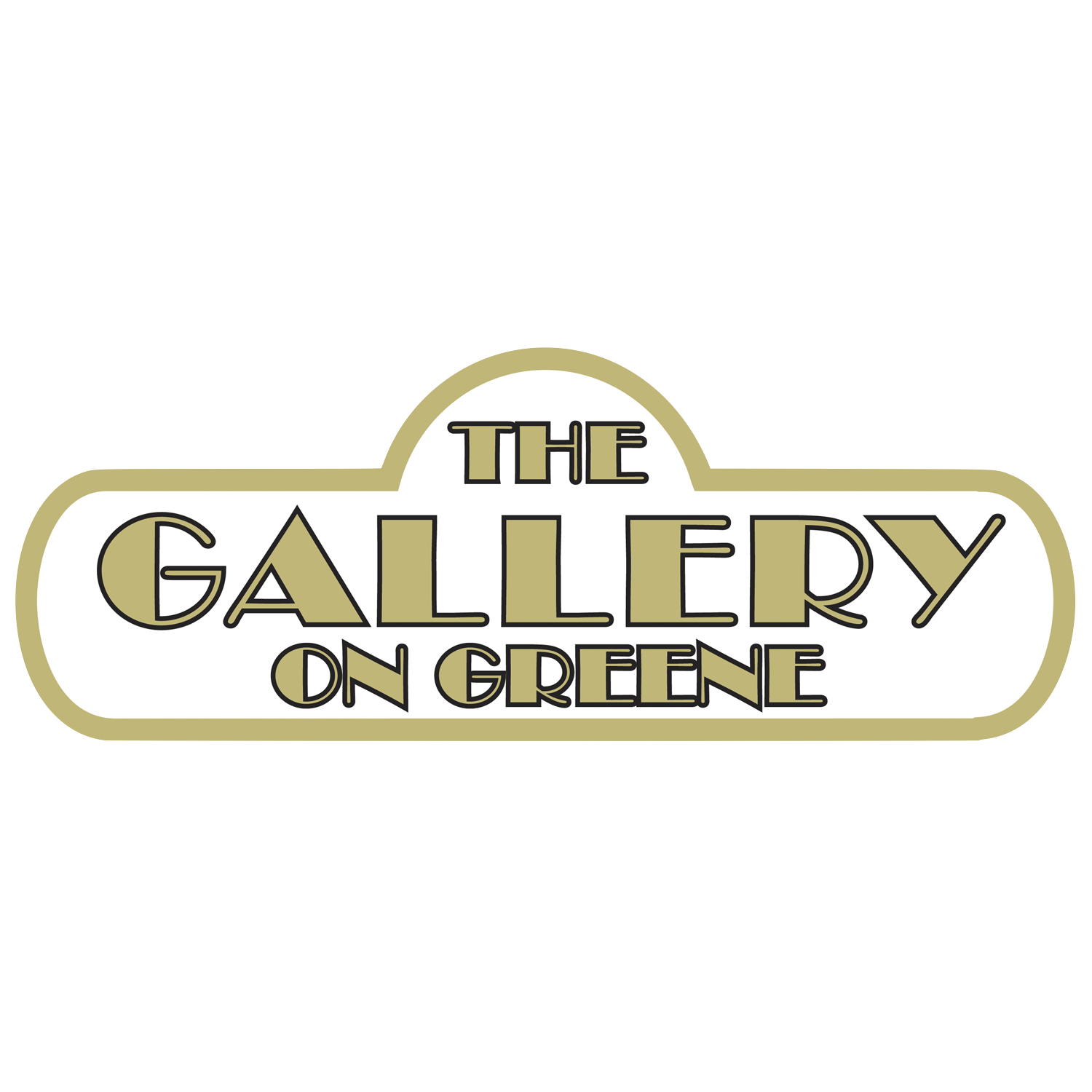
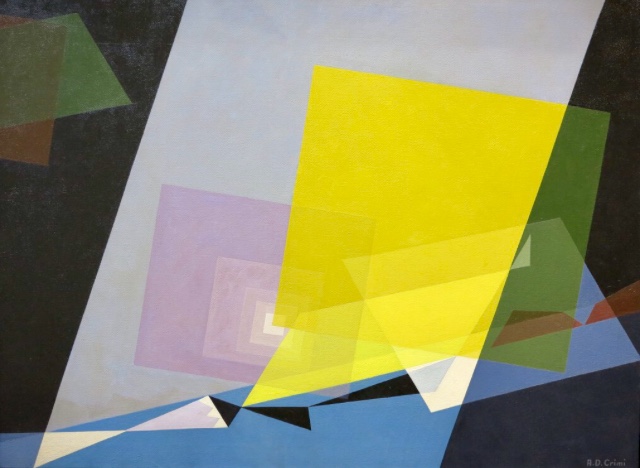




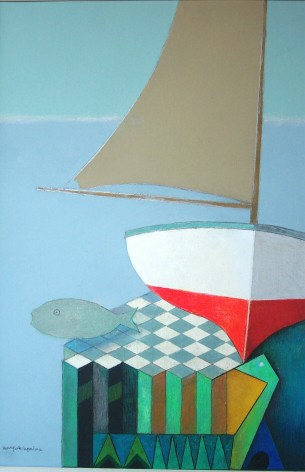
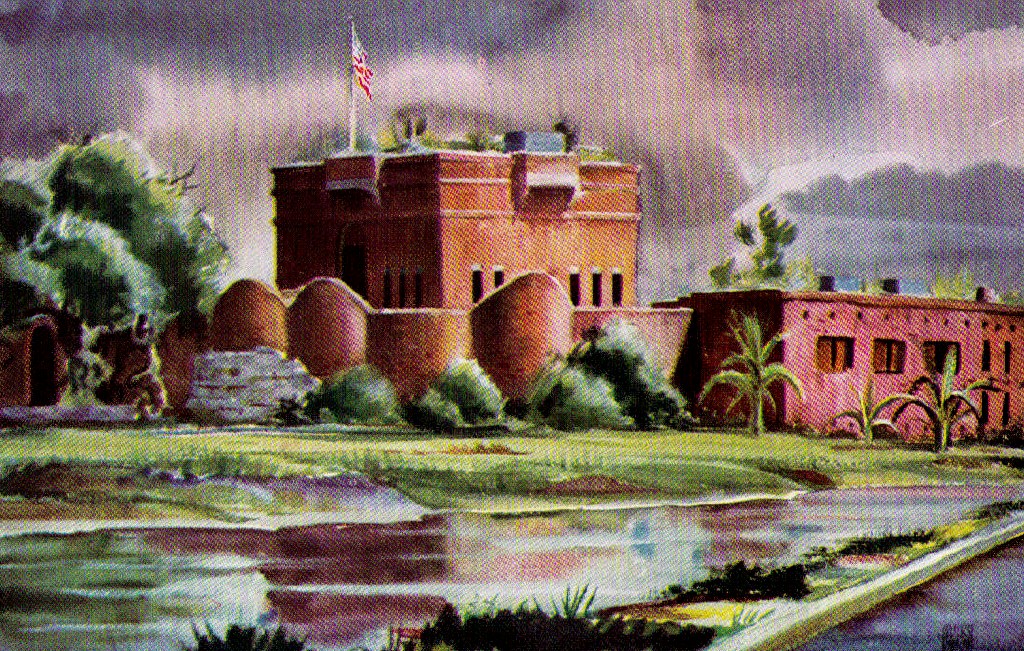
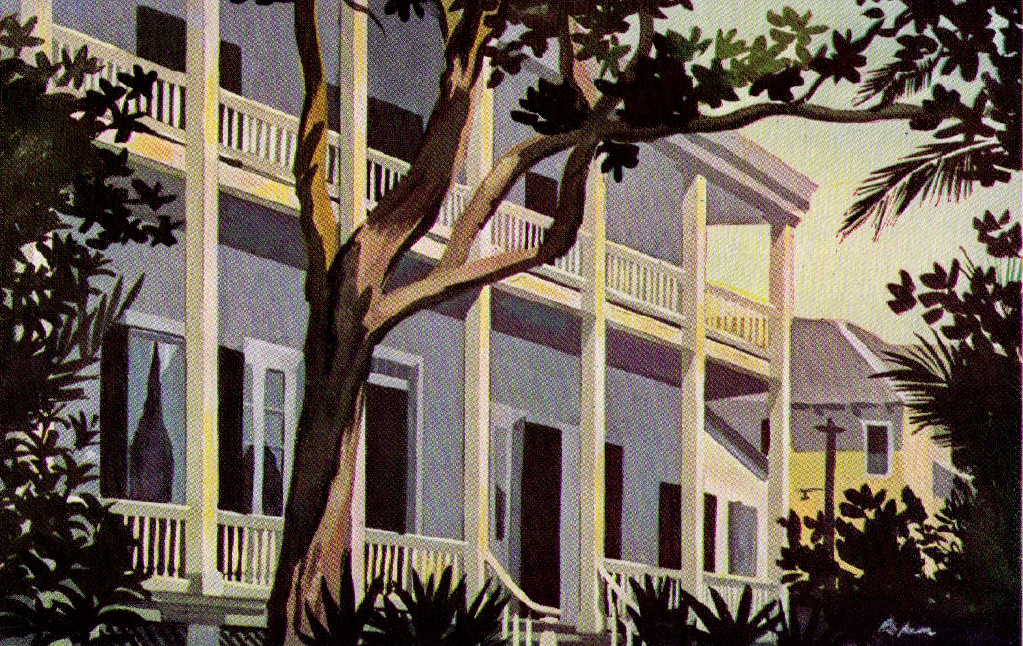
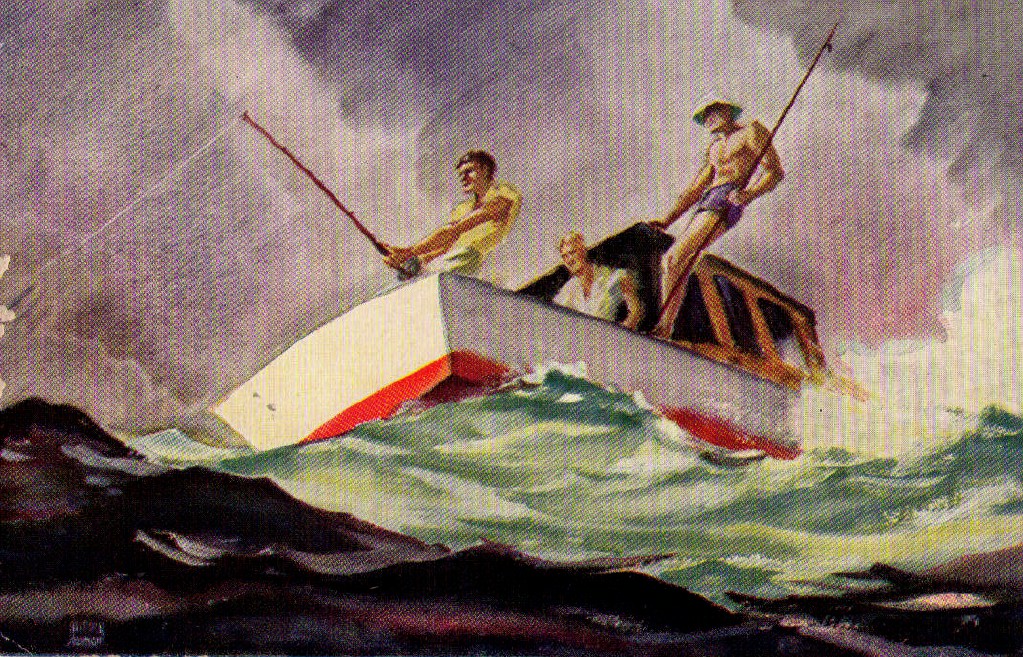
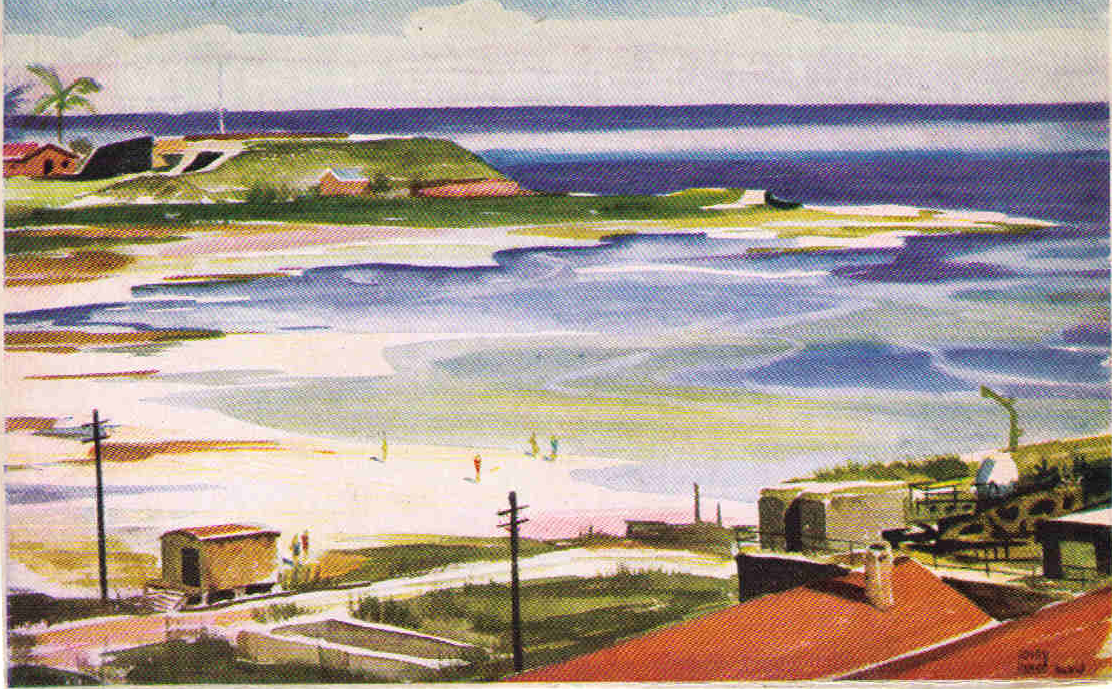

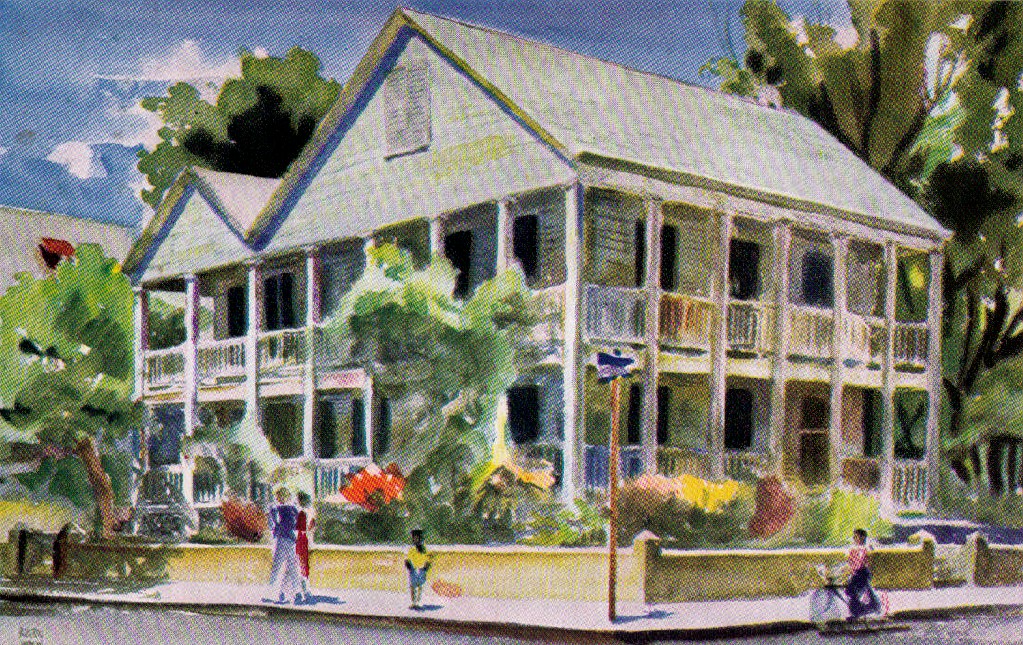
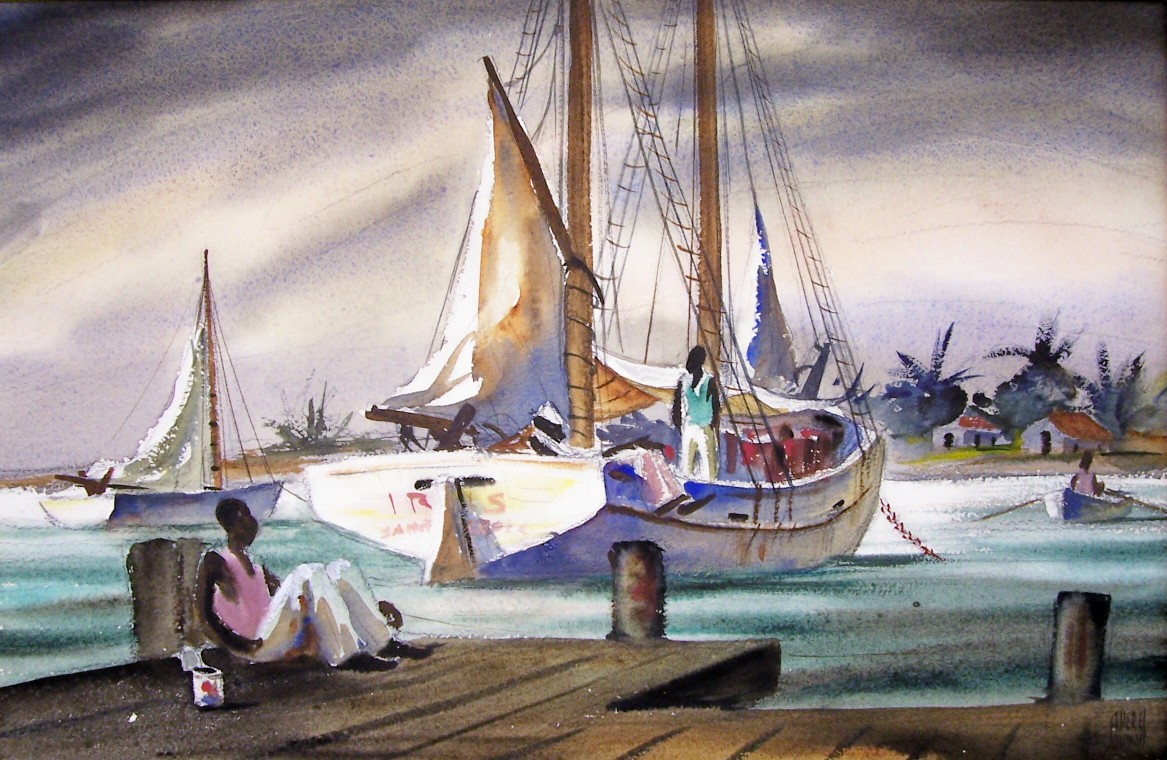

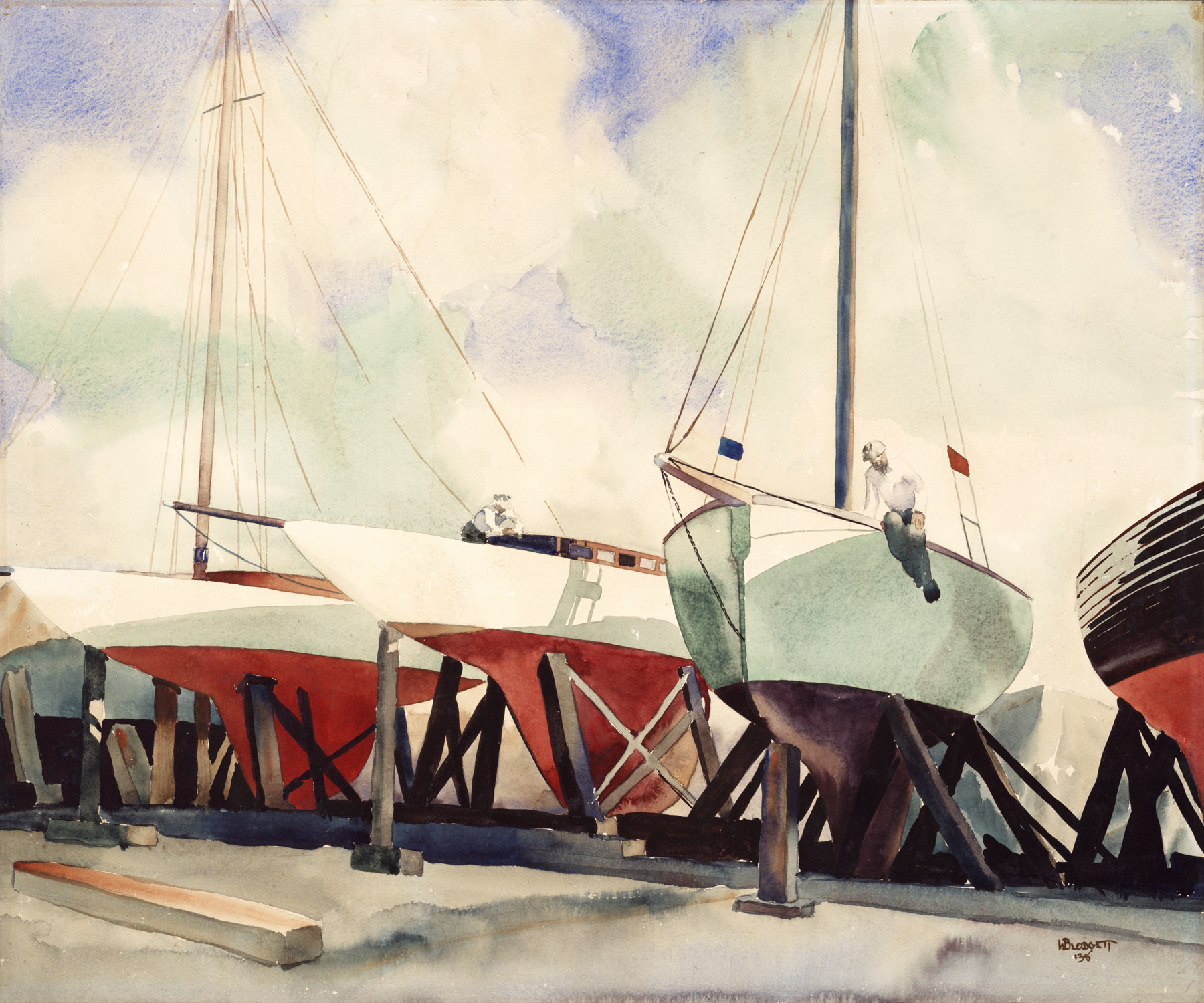
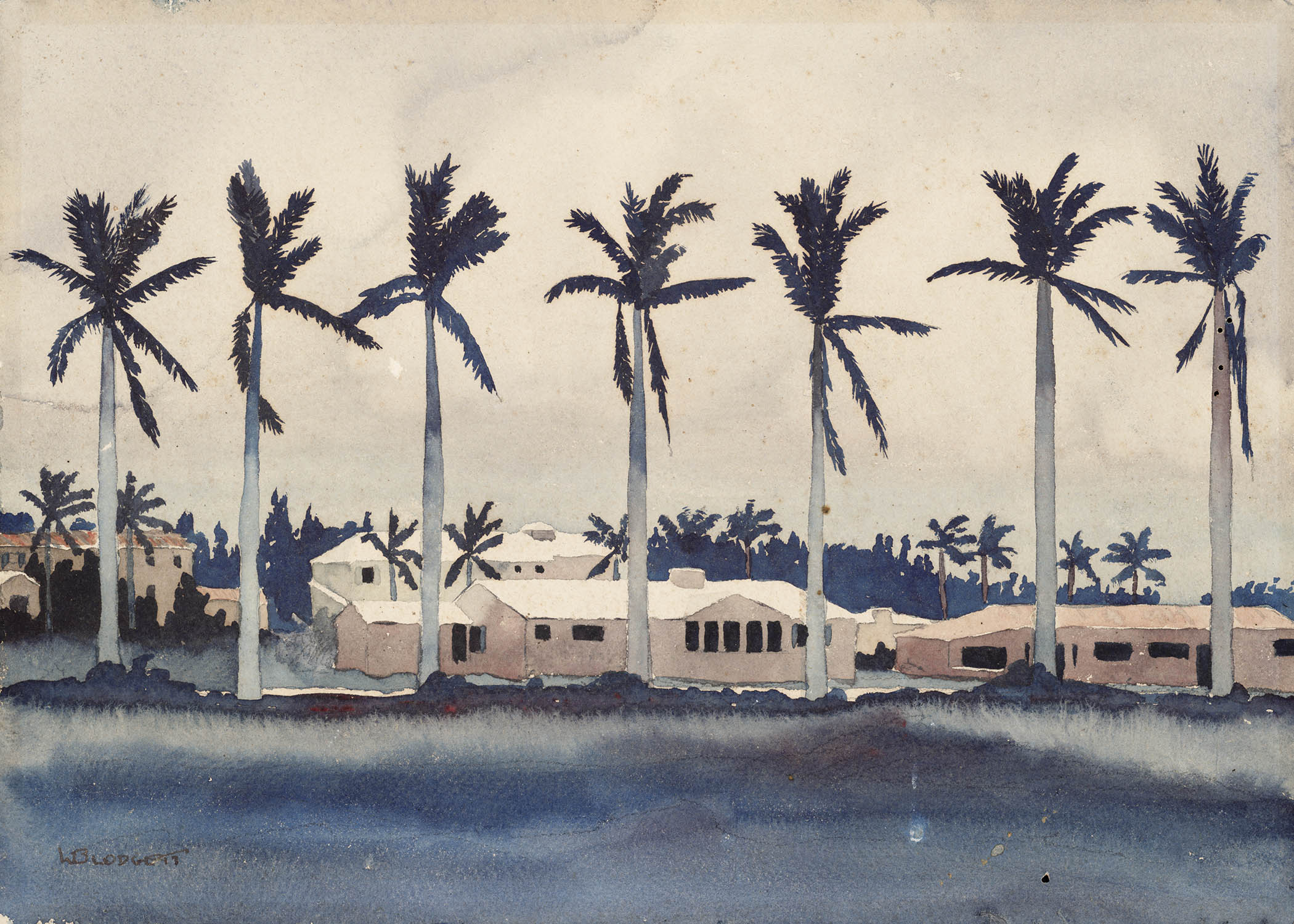
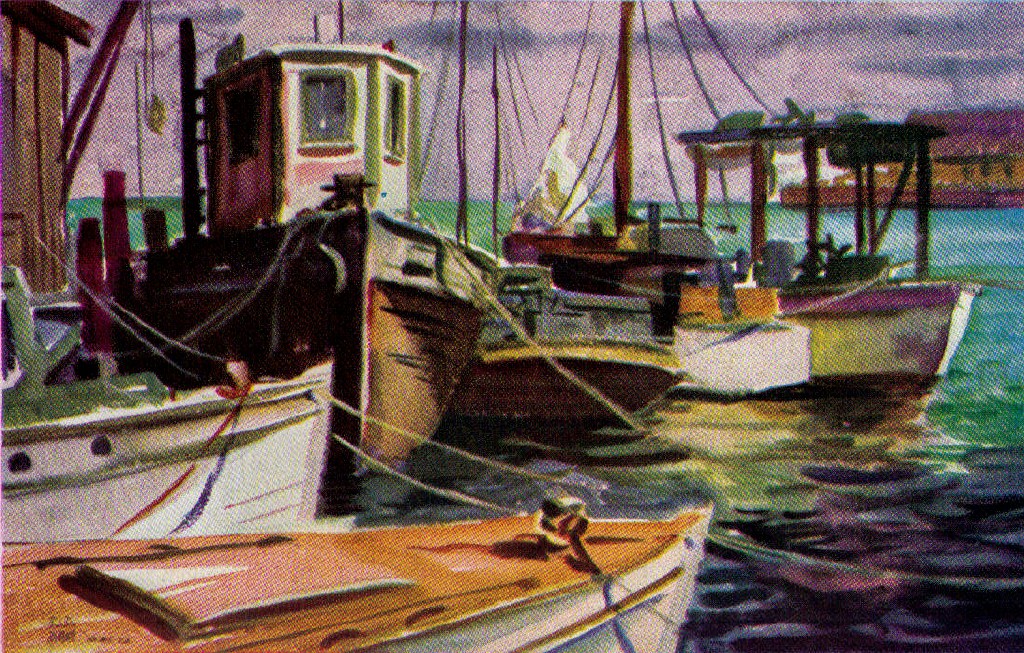
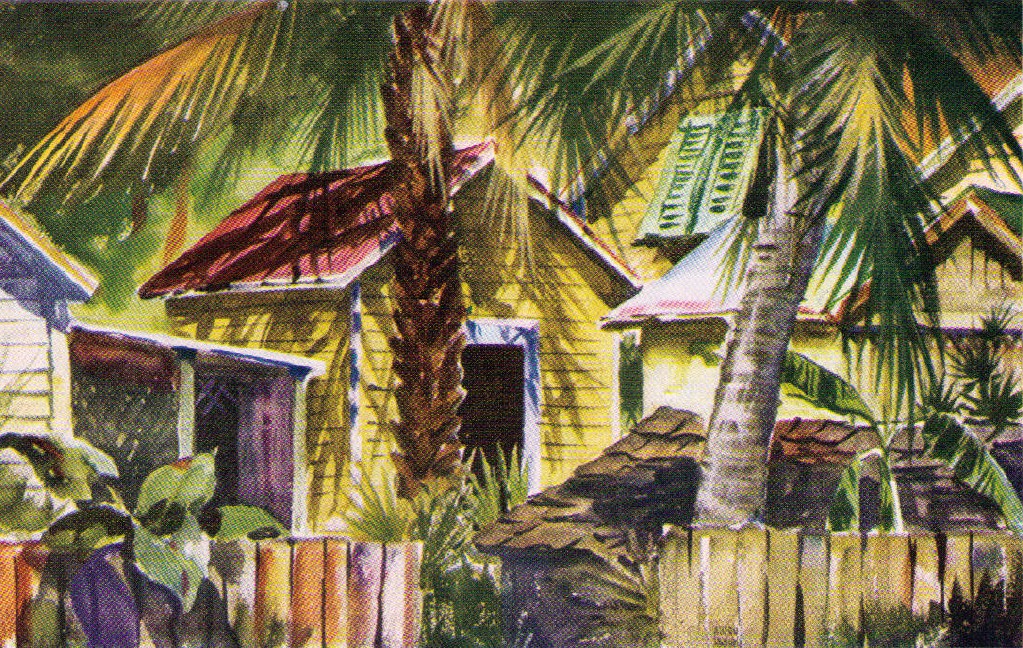
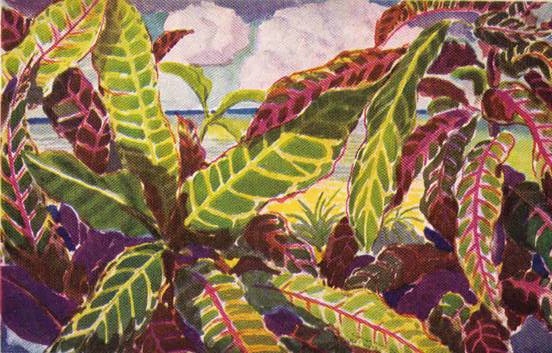
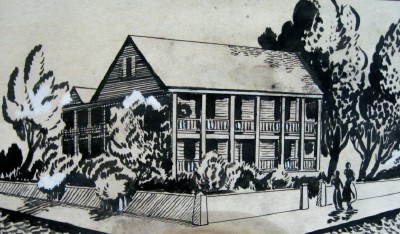
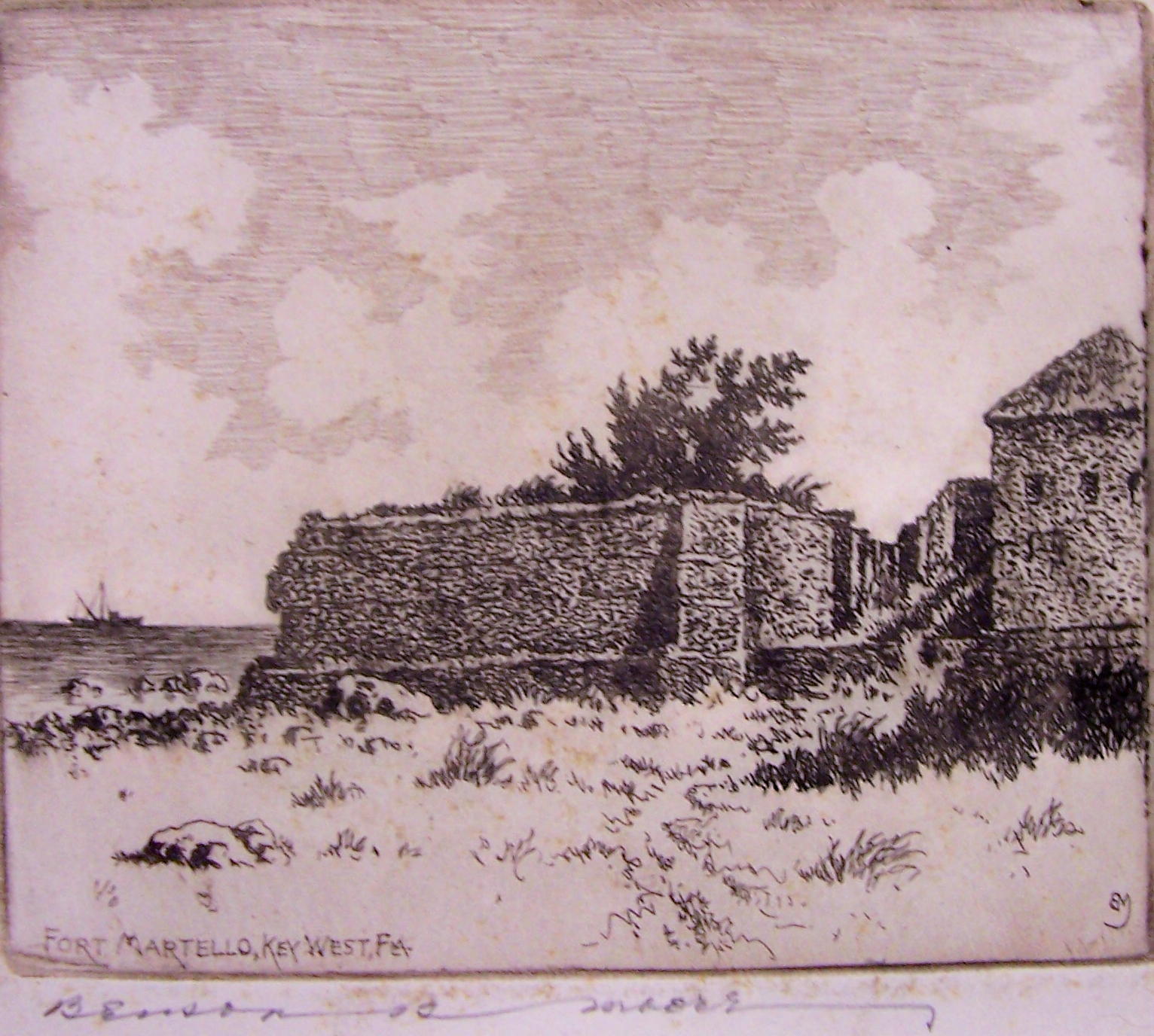
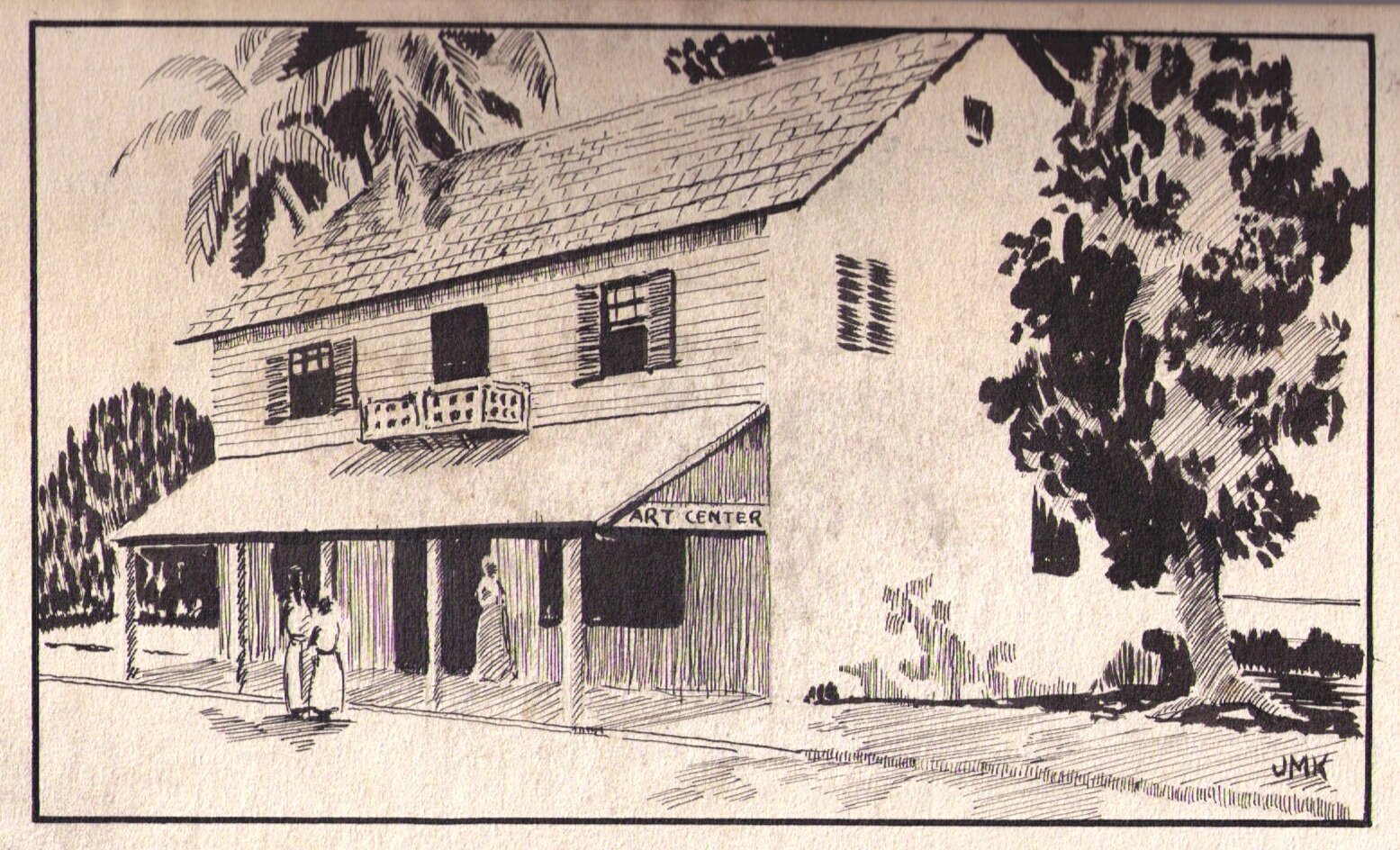
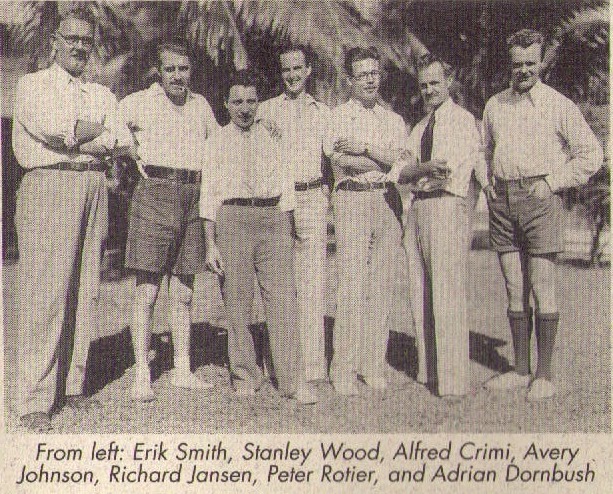
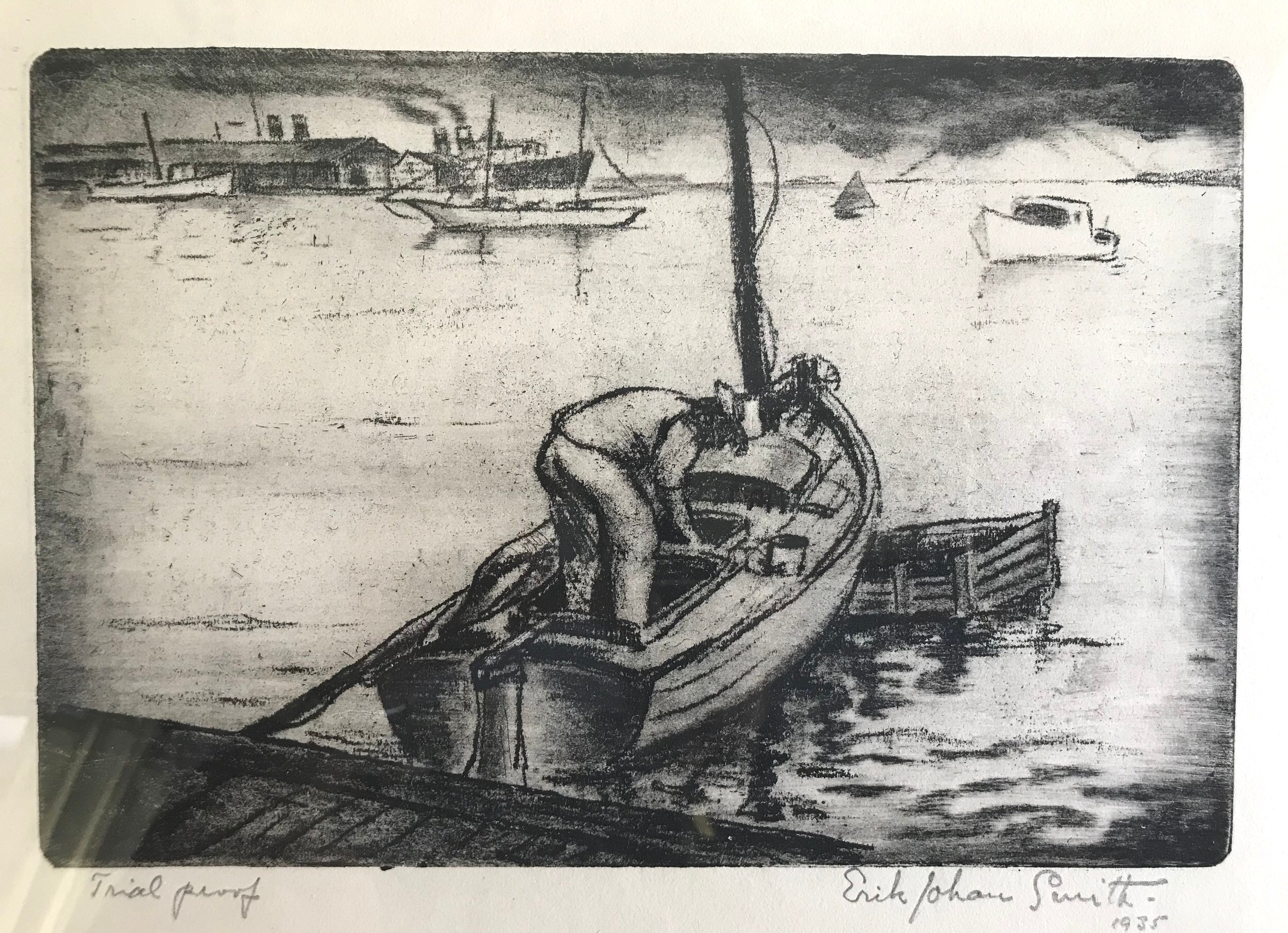
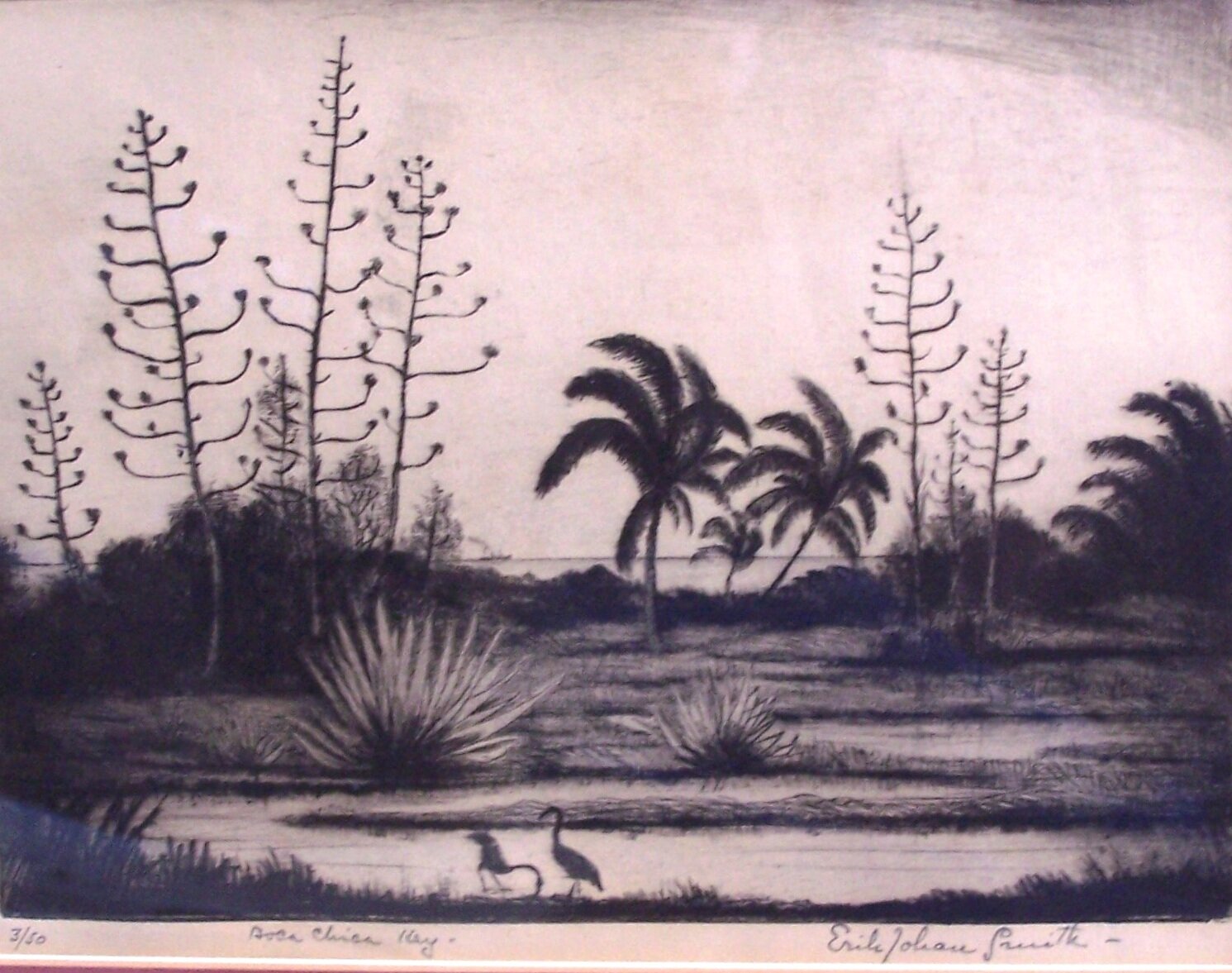
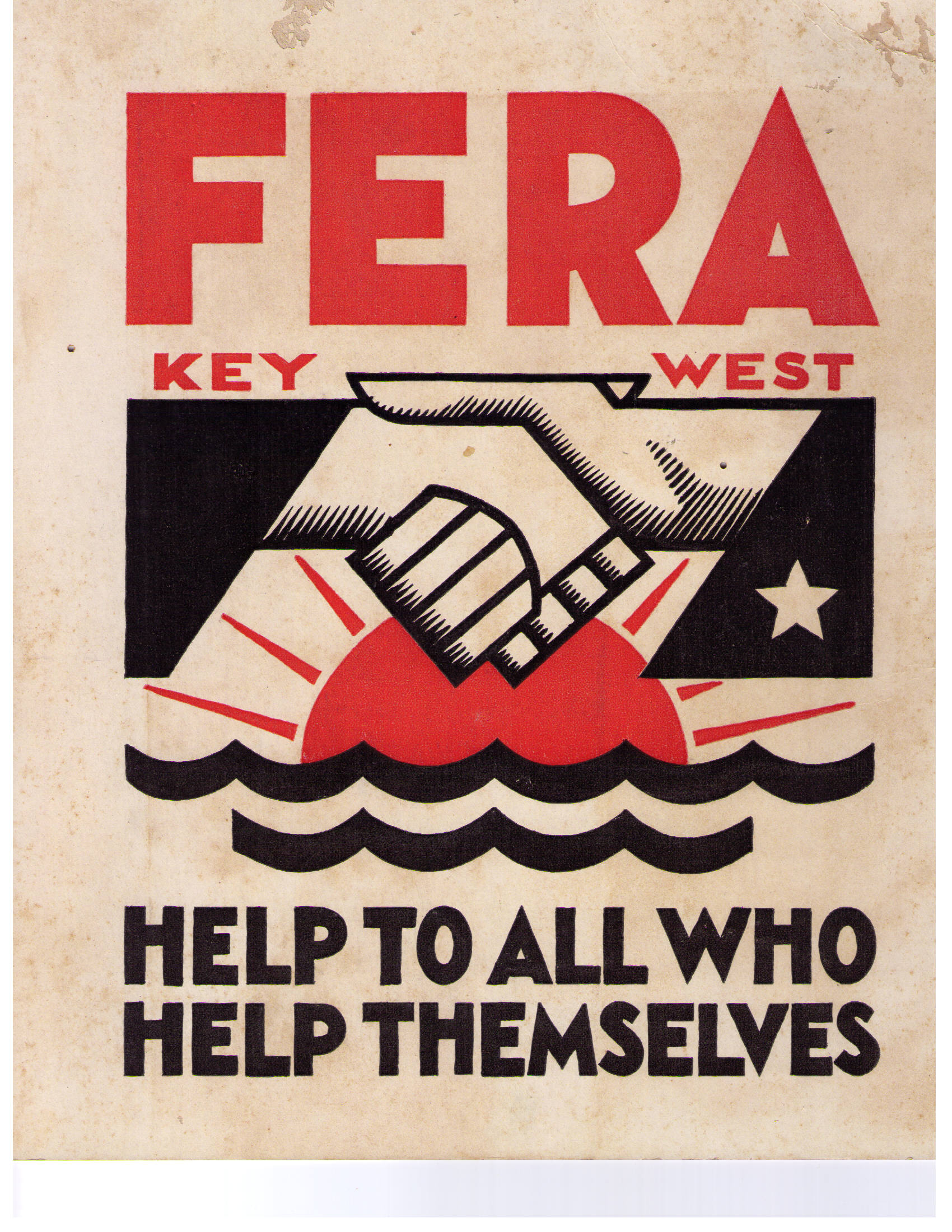
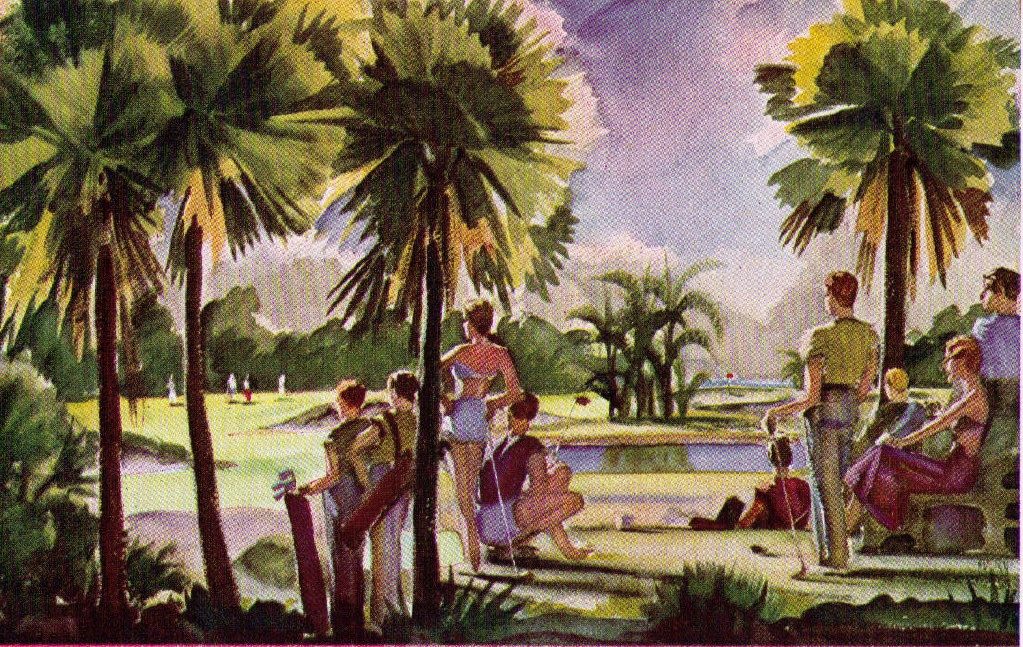
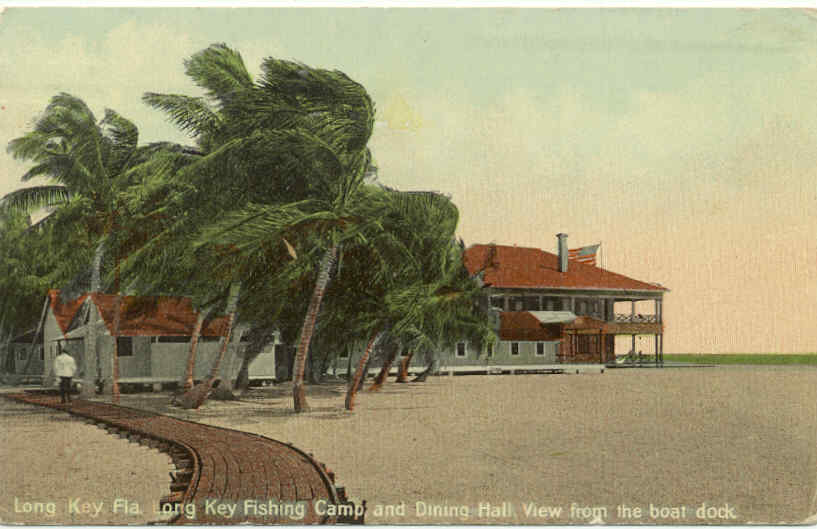
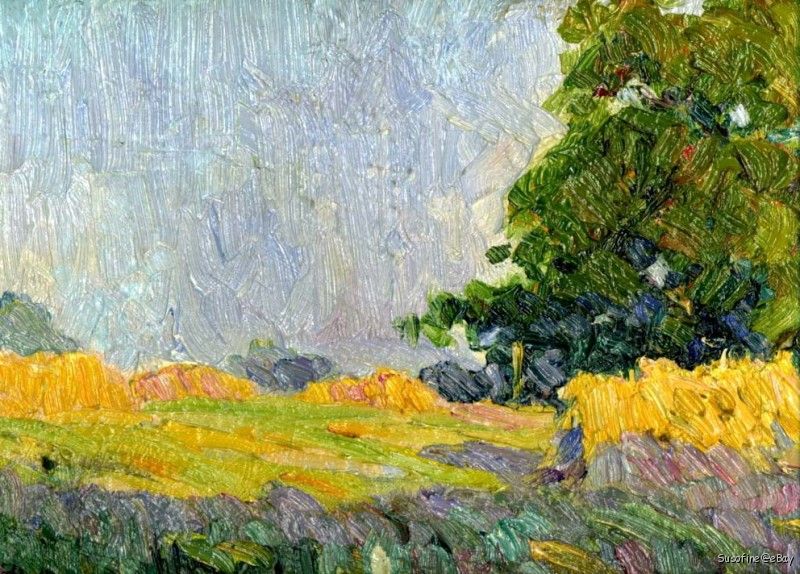
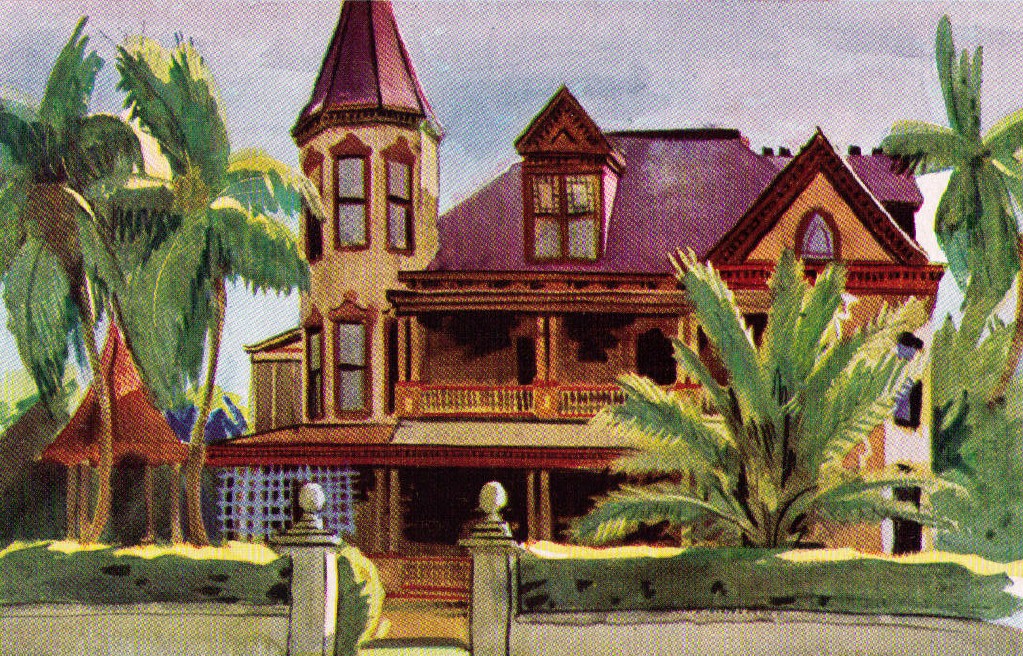
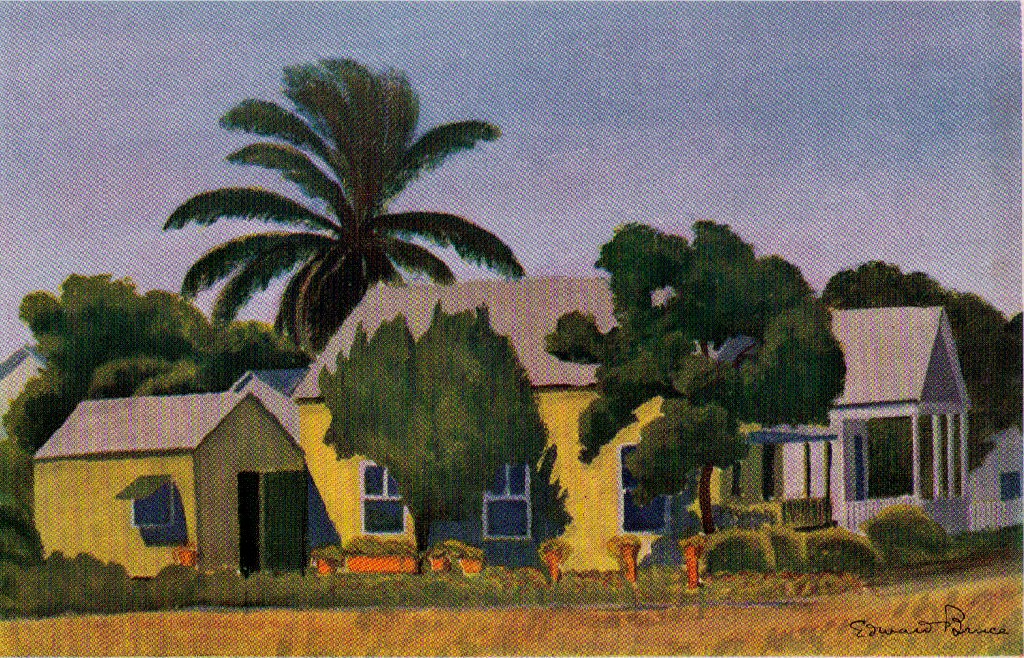
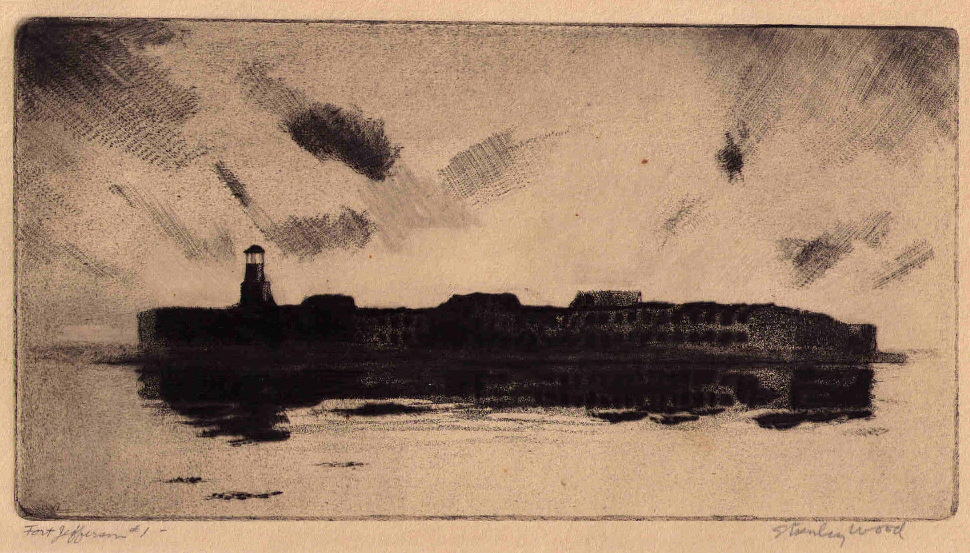


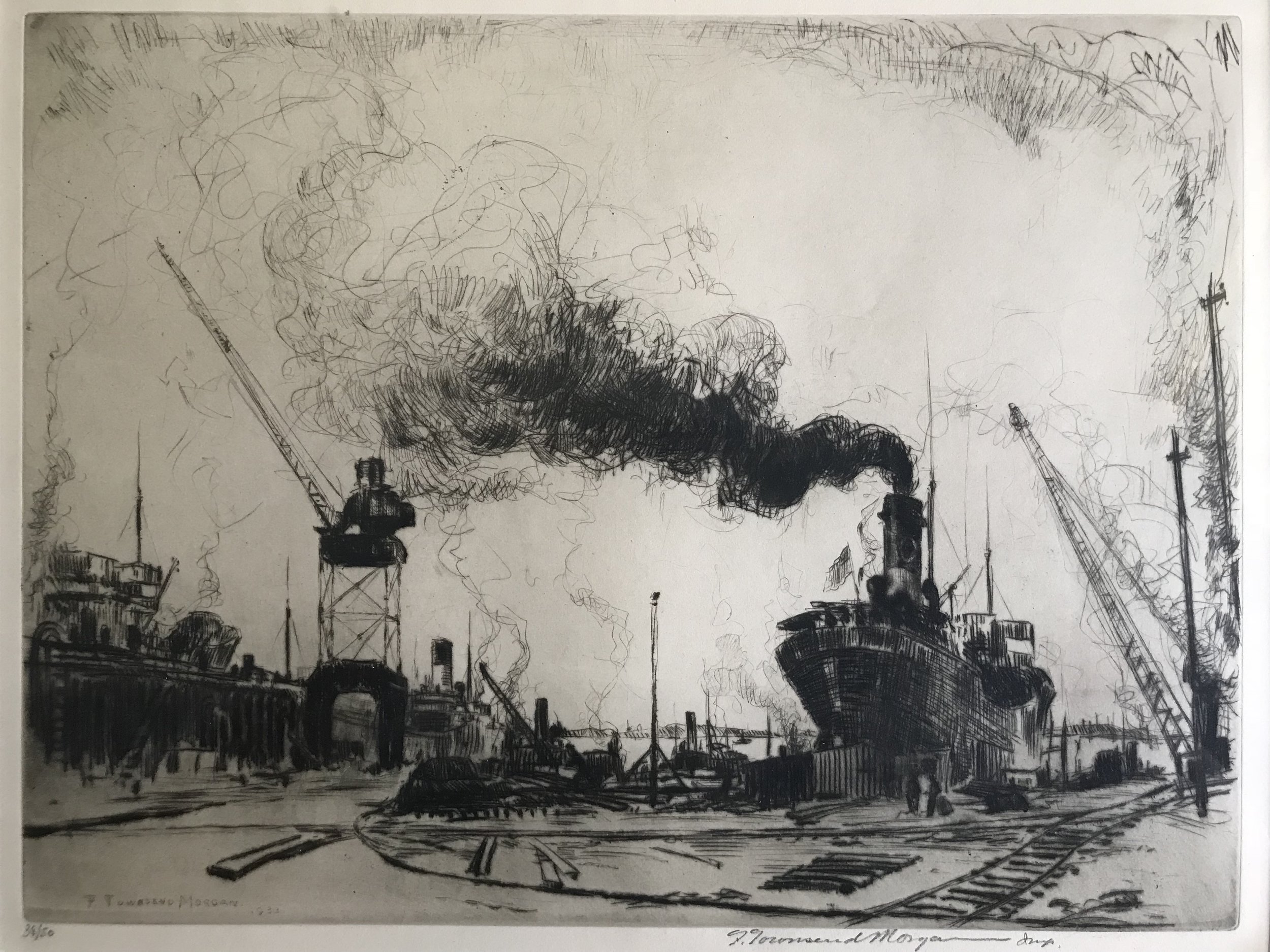

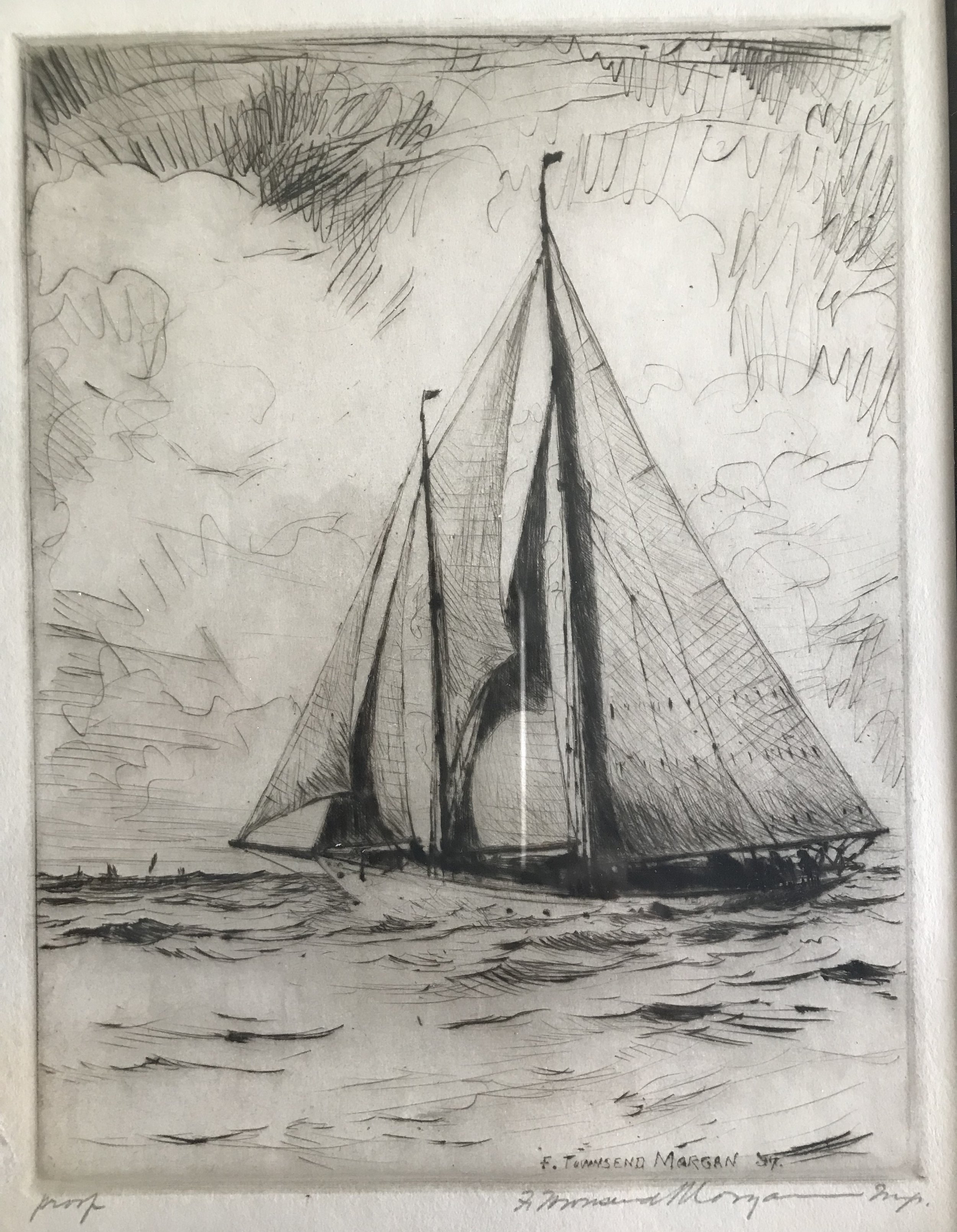



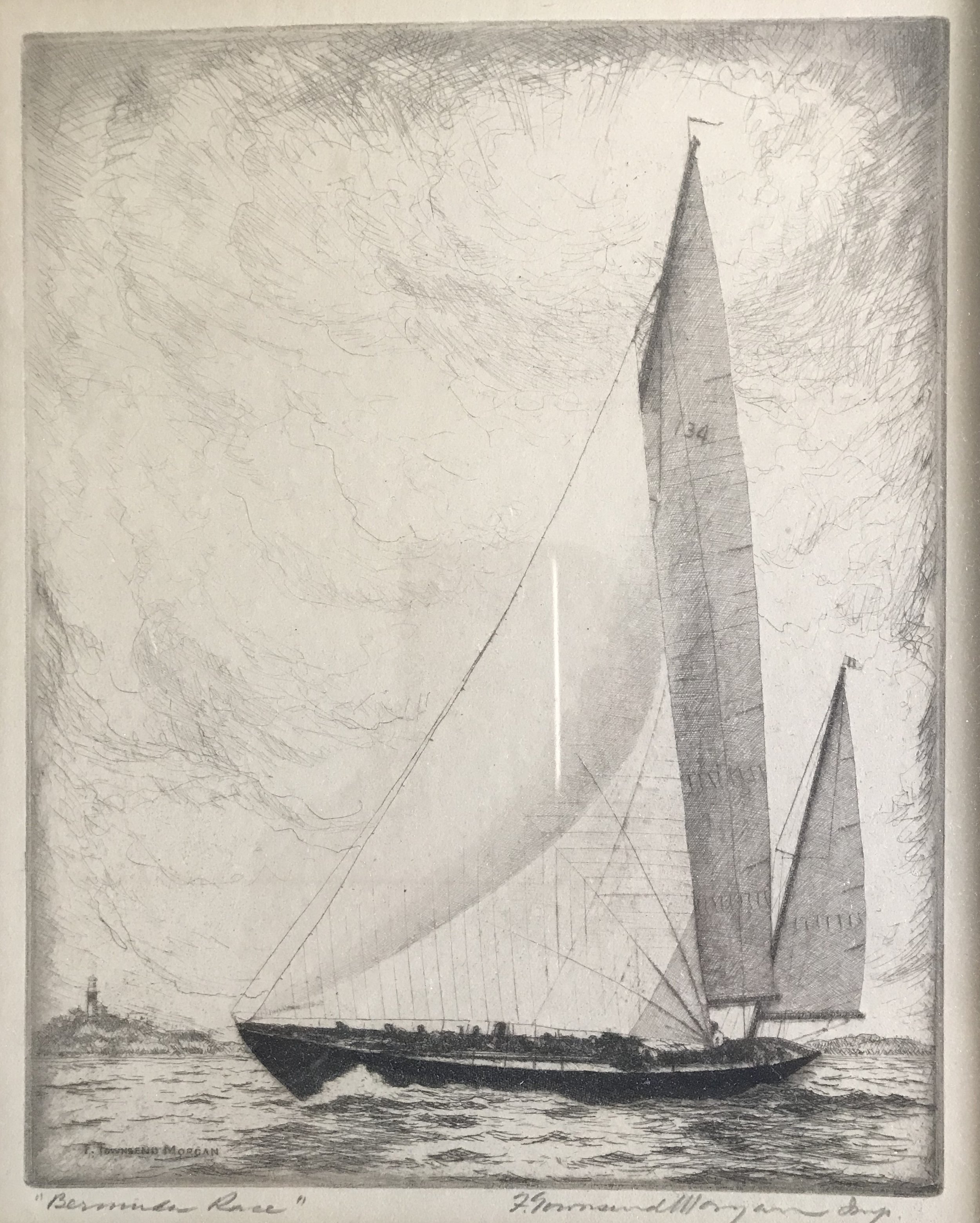

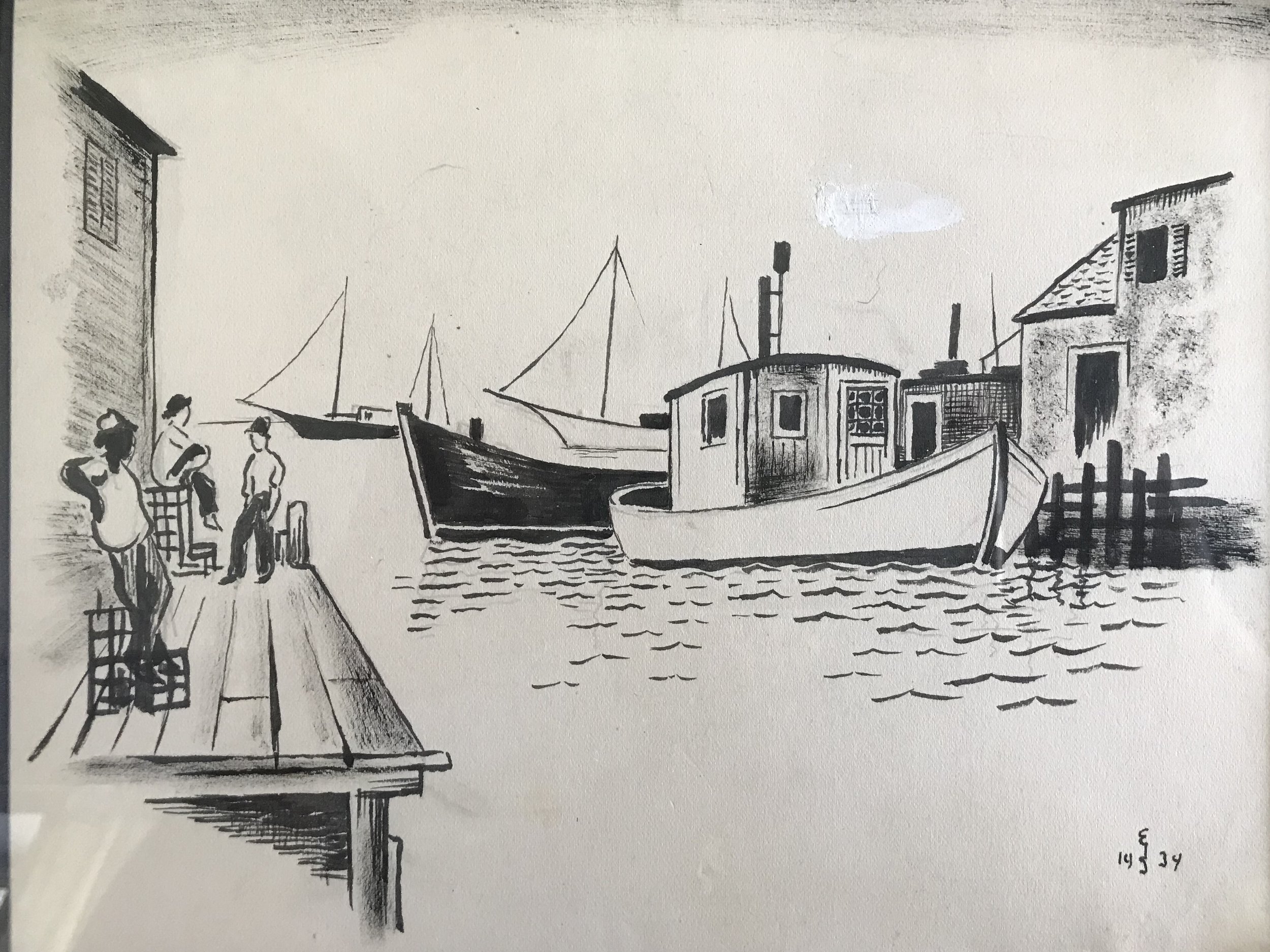



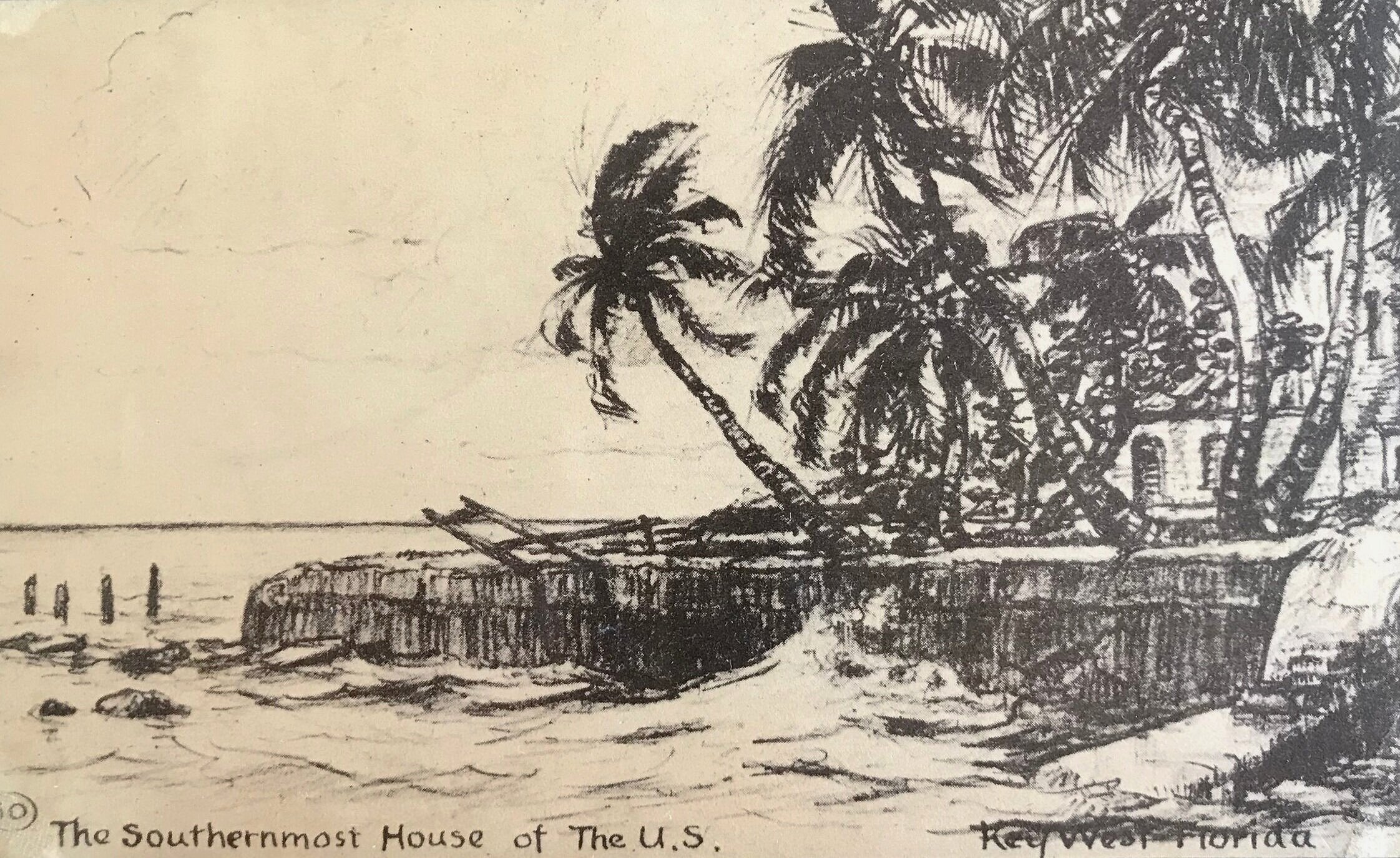









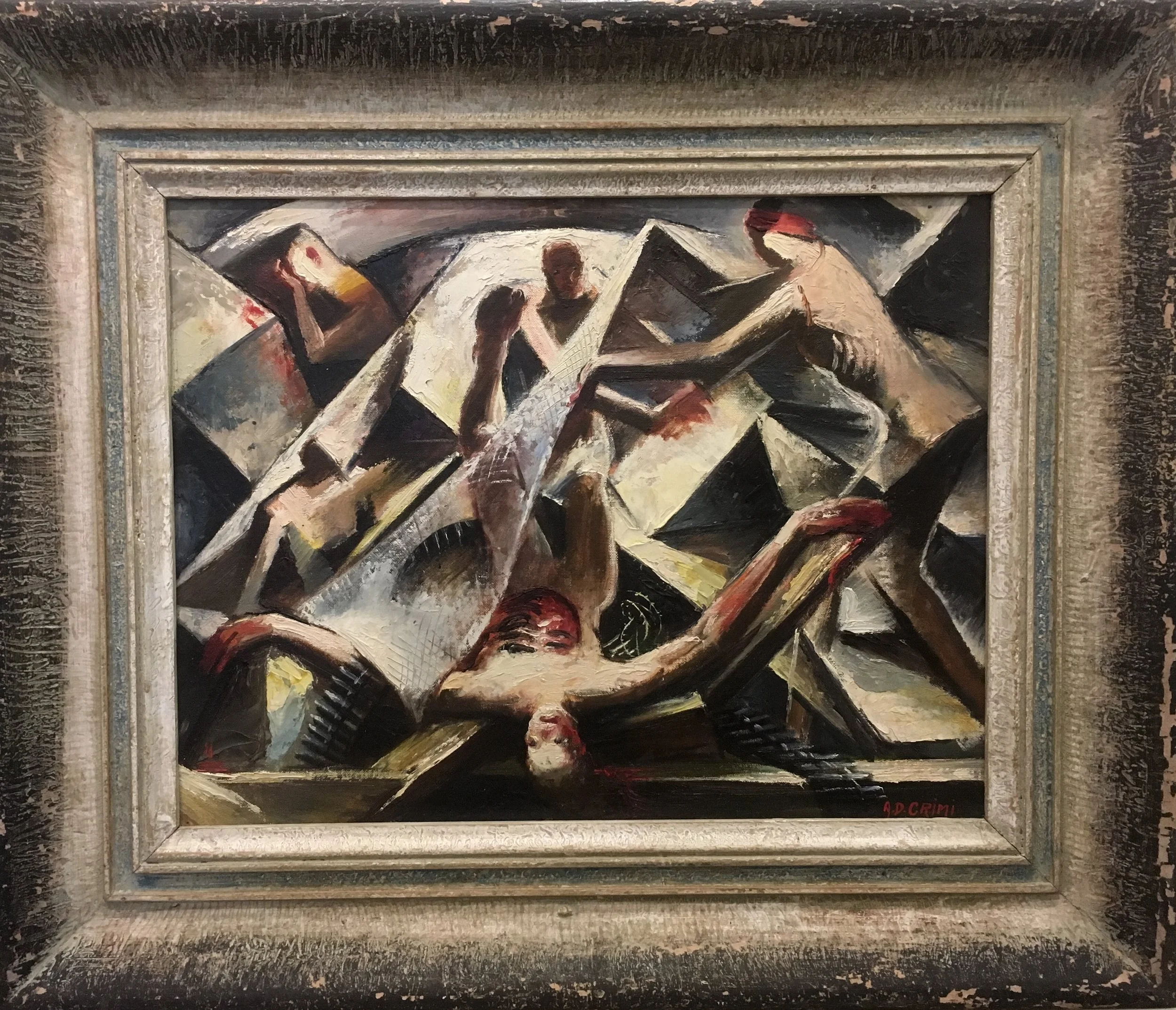


Key West was the wealthiest city per capita in 1900 and the first to go bankrupt in 1930 with 85% unemployment compared to 25% nationwide.
Years after Roosevelt launched the New Deal, the WPA artworks still offer a fascinating look at life in the Florida Keys during the 1930s. It is work that is an important record of our indigenous locale in our nation’s history.
“The 1930s was a heady time for artists in America. Through President Franklin Roosevelt’s New Deal programs, the federal government paid them to paint and sculpt and urged them to look to the nation’s land and people for subjects. For the next decade—until World War II brought support to a halt—the country’s artists captured the beauty of the landscape, the industry of America’s working people, and a sense of community shared in towns large and small despite the Great Depression.”
William Hoffman recalled, “ The City of Key West was in a financial and spiritual eclipse. What had once been the wealthiest city per capita in the nation had declared bankruptcy and prevailed upon Washington for help. Single men often committed minor crimes so they would be put in jail and get free meals. The Federal Government visited the poverty-ridden island and observed that it would be the perfect place for an artists’ colony, a sort of Greenwich Village or Provincetown South.
Crimi related, “Many of the bars were bleak and uninviting, including Sloppy Joe’s with its warm beer and sloppy service.” The publicity Key West was receiving from all parts of the country attracted people from everywhere and many professions, such as artists, writers, actors, politicians and other prominent personalities. “During the eight months of my stay in Key West, I met more people of renown than I ever had in my entire life; Elizabeth Bishop (Poet Laureate) Carlo Tresca (the anarchist), Jonathan Lattimer (Perry Mason) John Dos Pasos, & Ernest Hemingway.”
“The artists on this project were assigned to do watercolors and to design posters and booklets which would be distributed to all parts of the country to attract tourists to Key West and develop it into an artists’ colony. “We were given complete freedom with no ideological barriers imposed upon us.” Bill Hoffman
The only guidance the government offered about subject matter was that the "American scene" would be a suitable topic. The Florida Keys artists embraced that idea, turning out seascapes, Key West cityscapes, and maritime scenes by the yard: harbors and wharves.
These artist were later celebrated with exhibits at the Smithsonian, Metropolitan Museum, MOMA, the Art Institute of Chicago. Purchases were made by the Fords, Flaglers, Melons and Rockefellers. Sargent graced the covers of The Saturday Evening Post. Many became art celebrities, such as DeKoonig, Jackson Pollack, Georgia O’Keefe and Mark Rothko.
